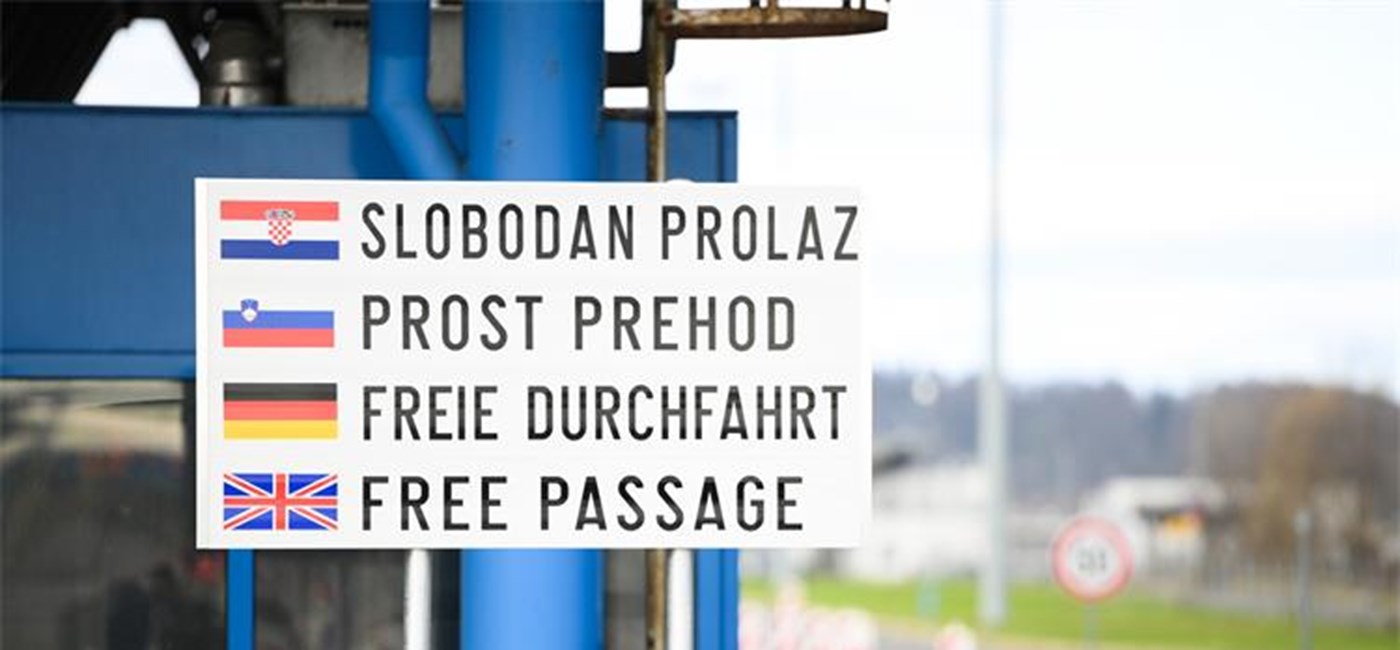Eurozone
On 12 July, the Economic and Financial Affairs Council adopted three legal acts necessary for Croatia to join the euro area, including a decision on the €1 = HRK 7.53450 conversion rate. This prompted the three leading ratings agencies - Standard & Poor's, Fitch, and Moody's - to raise Croatia's credit rating to investment level for the first time.
On 28 December, the National Council for the adoption of the euro, which comprised representatives of the government, the HNB, banks, employers, and unions, held its 19th and final session, which heard that all systems are go for the changeover.
Governor Vujčić said at the session that 400 million euro coins with national motifs had been minted since July. The changeover also entails withdrawing 1.1 billion kuna coins and 500 million kuna bills from circulation. Vujčić said the coins would be deposited in a military barracks for three years before being sold as raw material. The bills will be shredded at the HNB.
The HNB began supplying banks, post offices and Financial Agency branches with euro coins and bills in early September, while citizens could buy packets of euro coins worth HRK 100 as of 1 December.
Vujčić said at the 19th session that the envisaged quantity of euro bills had been procured and that the supply of businesses by banks was nearing completion.
On 16 August, businesses were invited to accede to a code of ethics aimed at a reliable and transparent changeover. By 28 December, 1,066 have done so.
In autumn, the government and the HNB launched information and education campaigns in the major cities to inform citizens about every aspect of introducing the new currency.
Finance Minister Marko Primorac said at the recent session of the National Council that 70 laws were adopted because of the changeover and that legislation alignment would continue in 2023.
Schengen
Border controls at land and sea borders with other EU members have been lifted, and checks at air borders will be lifted from 26 March.
The Schengen area, which has expanded now for the first time after ten years, now comprises 23 out of the 27 EU member states, as well as Iceland, Liechtenstein, Norway and Switzerland.
Bulgaria and Romania are not part of the Schengen area as their admission was not given a go ahead by other members in early December, when approval was granted to Croatia.
Neither Cyprus nor Ireland are in this passport-free travel zone.
The Schengen area spans over 4 million square kilometres, and until now it has had a population of about 420 million, according to the website of the European Council.
"Every day around 3.5 million people cross internal borders for work or study or to visit families and friends, and almost 1.7 million people reside in one Schengen country while working in another", it is said on the website.
"Europeans make an estimated 1.25 billion journeys within the Schengen area every year, which also greatly benefits the tourism and cultural sector."
On its path to join the Schengen area, Croatia met 281 recommendations in the eight areas of the Schengen acquis, undergoing the most comprehensive and detailed evaluation yet.
The Schengen area, considered to be one of the greatest achievements of the EU, started in 1985 between five member states -- France, Germany, Belgium, the Netherlands and Luxembourg.
It was named after a small village in Luxembourg, on the border with Germany and France, where the Schengen Agreement and Convention were signed.







